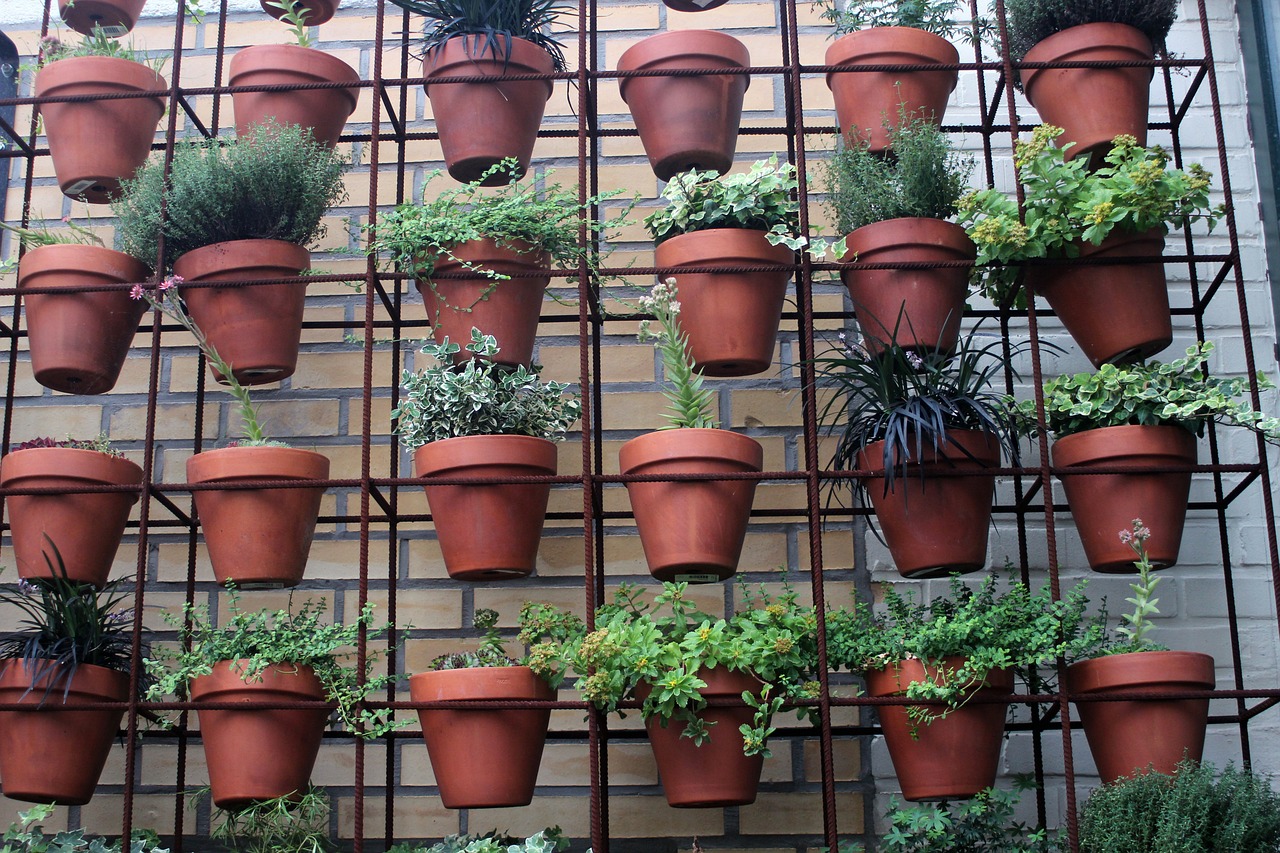Soil is the heart of every farmer’s or gardener’s business, except if you are using a hydroponic or an aquaponic system in farming. Good soil is a secret to healthy crops and the more you know your soil, the better. Beneath our feet, in the soil, are the organic matters that help the plants grow and produce and ultimately feed us. These organic matters are worms, good bacteria, fungi, and other microorganisms that work together to help crops thrive. Generally speaking, gardening soil can be classified into three different types: Clay, Loamy, and Sandy.
A Guide to Soil Management
Here are four basic things that a farmer must know for soil management
1. Soil Type
There are three types of soils, viz:
Clay
Clay is a soil that is composed of mostly clay particles. When clay contains a lot of water it sticks to your shoes and garden tools, however, when the clay is dry, it cracks. Clay holds more water and not suitable for other plants except for Fern, Aster, and some other flowering plants. As far as growing vegetables is considered, clay is not ideal for growing vegetables, and most of the food crops.
Clay is compact soil, therefore, it does not have good drainage and thus retains water. Due to the compact characteristics, clay makes plants’ roots difficult to propagate. Clay is slightly alkaline in nature. Clay soil type is heavy, stick, and drains poorly. Clay is not good soil for plants, however, if you improve drainage by adding sand and organic matter such as humus, this will be good soil for growing plants. That’s because clay contains a lot of nutrients.
Loam
Loam is the most ideal plant-growing medium because sand, silt, and clay together provide desirable characteristics. Loam is full of moisture, humus, and nutrients necessary for plant growth. Loam is loosely packed, which means water and air can infiltrate well, or in other words, loam drains well. The best soil is loamy soil because it contains a good amount of clay, sand, and humus or organic matter. Loamy soil not only has required nutrients for plants but also retains moisture while providing good drainage. Loam is soft and moist. When you hold soil in your fits, it forms a shape.
Sand
As the name suggests, sandy soil is the soil that contains a lot of sand particles. Sand particles do not contain much organic matter, therefore, sandy soil lacks vital nutrition for the plants. Sandy soil due to its sandy nature does not hold water, therefore, if you are growing plants in sandy soil you need to water frequently as sandy soil dries pretty soon. Sandy soil is very loose, therefore, it is prone to erosion. Furthermore, sand heats up pretty fast thus, which can be very bad for the plants. However, for some crops sandy soil can be very good. For instance, tubers grow well in sandy soil provided you had a lot of organic matter such as humus and compost and water frequently.
Sand consists of mineral and rock practices, it is in granular form In contrast with clay, sands don’t hold any water and plants will not survive without water. Some plants thrive in sandy soil such as succulents like cacti, sedum, lavender, or euphorbia species.
In general, clay and soil may not be ideal for growing plants, however, you can improve these soil types by adding compost, vermicompost, green manure, humus. In fact, if you add a lot of organic matter to sandy soil, it will be the best soil type for tubers and root vegetables. Likewise, you can also improve clay soil by adding organic matter and some portion of sandy soil.
Loam maybe the best soil for plants, however, you will also have to add organic matter frequently as when you grow plants the nutrients in the soil will continue to be used up and you need to replenish. Here are other ways to improve your soil condition.
2. Soil Testing
Why do we need to test our soil? We are testing our soil to determine what nutrients are lacking in our soil.
So, how will you test your soil? You can go to the Department of Agriculture in your country to seek their assistance in testing your soil. Depending on your location, private companies also provide soil testing services.
3. Required Nutrients in the Soil For Plants to Thrive
What are the nutrients needed on your soil? It depends on the crop you want to grow. Different crops have different needs. So, you need to know the nutrient needs of the crops you intend to grow.
The following soil nutrients should be present in your soil:
- Phosphorus
- Potassium
- Magnesium
- Manganese
- Zinc
- Nitrogen
- Iron, etc.
4. Cover Crops
Cover Crops are planted on the farm to keep nutrients in the soil and improve soil health and prepare the soil for the next planting rather than depleting it. Usually, they are not harvested because they deliver natural fertilizer to the soil, prevent erosion, and increase biodiversity. Actually, green manure comes from cover crops.
